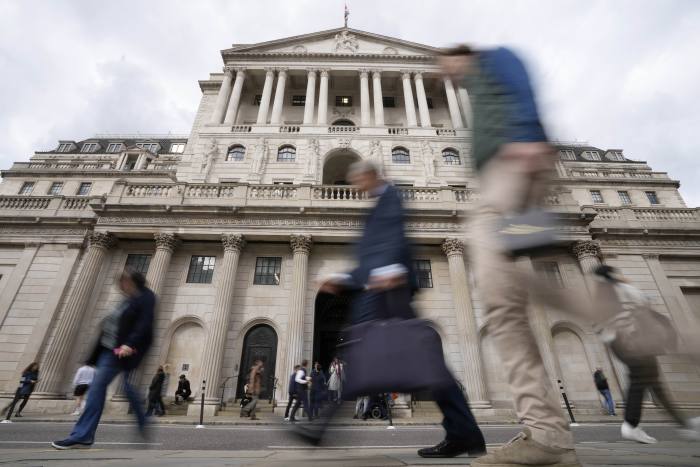
The past 12 months have been a year to forget but there is optimism for 2023, the head of mixed assets at Newton Investment Management has said.
Paul Flood told FTAdviser that the declining diversification benefits of bonds will likely look obvious in hindsight given the historically low yields.
“2022 has been a topsy turvy year to say the least - bond markets had one of their worst years on record at the same time as a fairly brutal sell-off in global equity markets,” he said.
“Looking forward to 2023, we see bonds as offering a more robust place in portfolios.”
While there will be many risks for investors to navigate, he said, a diversified portfolio is likely to perform better next year than it has done over the past 12 months.
In the last decade, central banks have kept interest rates at all-time lows, but this is unlikely to be the case in 2023 as inflation concerns trump the desire for economic growth for the first time since 2008.
A number of fundamental shifts in policy will make it more likely that higher and more volatile inflation will continue, he said.
“One of these is the move towards deglobalisation and onshoring resulting in the west bringing back jobs and manufacturing lines back to western economies.
“This is likely to, at best, to lead to a reduction in the deflationary costs associated with globalisation that we have benefited from over the last two decades.”
Another is the amount that will be spent on infrastructure in order to decarbonise power generation and the electrification of transport systems.
“Central banks, particularly the US federal reserve, appear determined to ensure inflation does not get out of control, so it is unlikely that we will continue to see the recent high levels of inflation.
“If this is the case, then it is difficult to see how bond markets could have another year as bad as what we have just seen, but would advocate a higher allocation to real assets, which benefit from more elevated levels of inflation as a good diversifier,” he said.
There is therefore likely to be more of a focus from central banks on keeping prices down, so the markets can expect more action from the banks than we have in the last decade.
“More frequent central bank policy adjustments as well as balance sheet reduction, as policy makers look to unwind the enormous bond portfolios they have built up through quantitative easing, may lead to higher volatility and shorter business cycles than we have become accustomed to.
“This will result in more frequent changes in market direction and more opportunities for flexible and dynamic investors that are able to adapt and navigate the changing tides,” he said.





